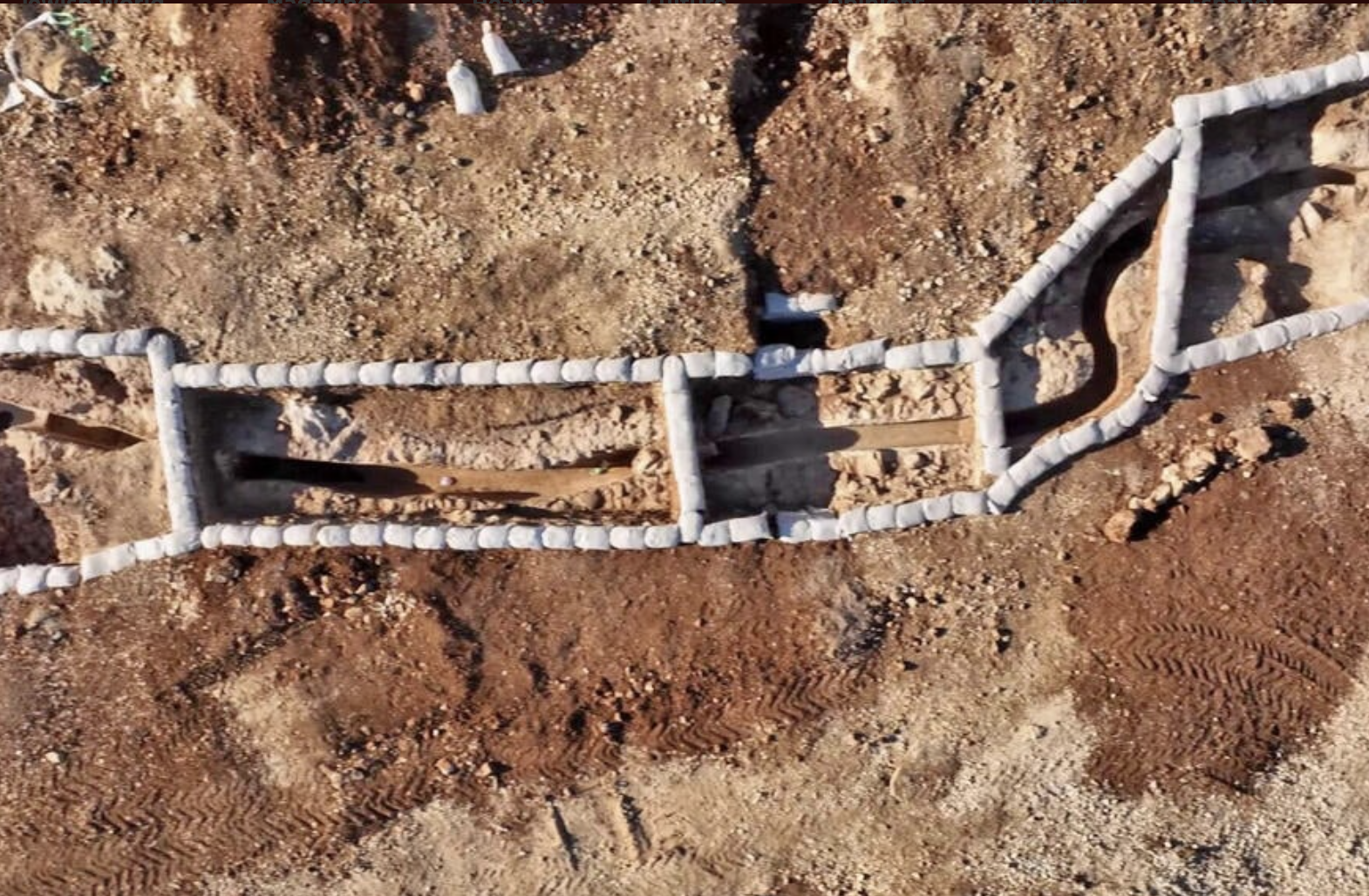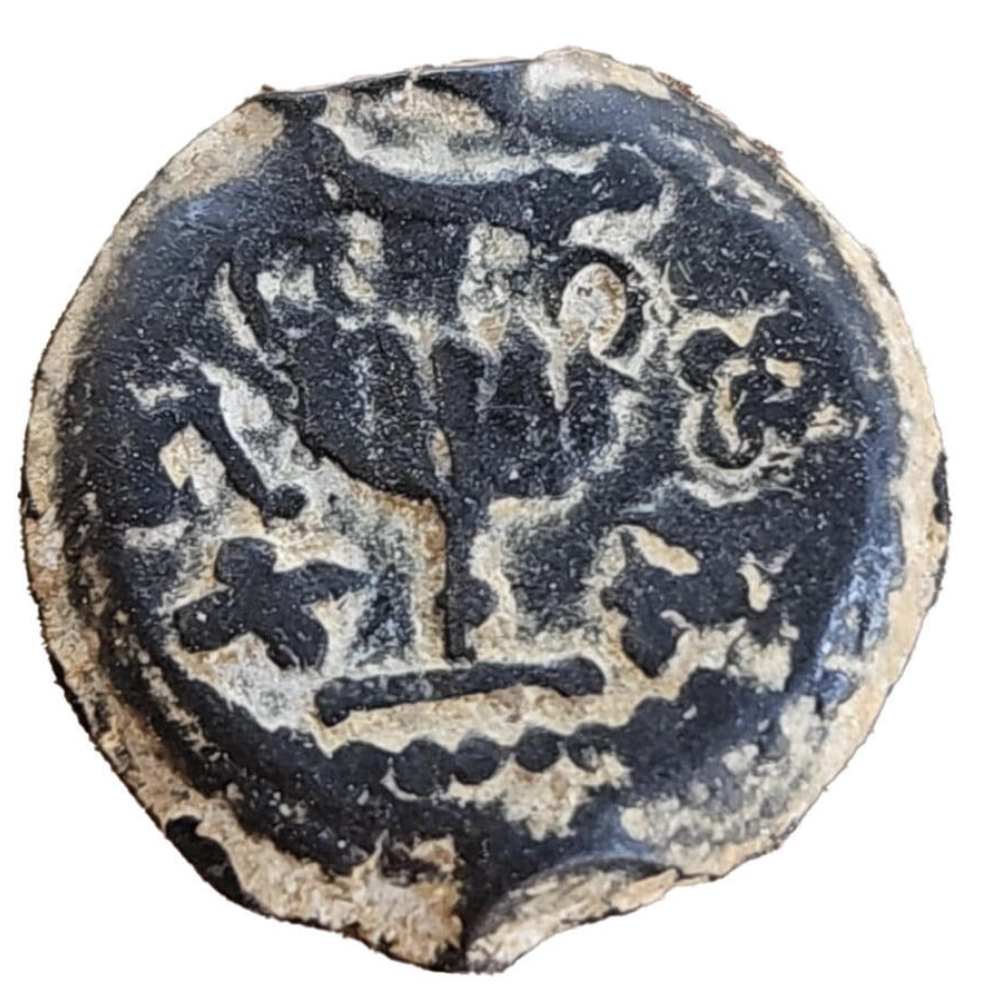Archaeologists reveal ancient Jerusalem aqueduct dated to the time of Jesus
The aqueduct supplied water to Jerusalem’s upper city, where Herod’s palace stood

Archaeologists revealed the discovery of the longest section of ancient Jerusalem’s water supply yet, during excavations conducted before a planned expansion of Jerusalem’s Givat Hamatos neighborhood, the Israel Antiquities Authority (IAA) announced on Monday.
The section measuring 300 meters (under 1,000 feet) was part of the upper aqueduct built by Judea’s Hasmonean kings and by King Herod to supply water to Jerusalem’s growing upper city, where their palaces stood.
“At the end of the Second Temple period, the city of Jerusalem grew significantly, the Temple was rebuilt and the water that flowed from Gihon [spring] and the cisterns was no longer enough for the thousands of pilgrims and residents, and water had to be brought to the city from far away,” said Ofer Shion and Rotem Cohen, the excavation managers on behalf of IAA.
“Against this background, the Hasmoneans and King Herod built two elaborate aqueducts for Jerusalem, which were among the largest and most complex waterworks in the Land of Israel - and in general, in the ancient world,” they explained.

According to the archaeologists, the aqueduct was constructed to a very high standard, the plaster was well-smoothed and the sides were raised to protect the flowing water.
“The aqueducts concentrated spring water in the Bethlehem area, and with the help of huge pools, physical laws, … the use of topography and extraordinary ingenuity, they flowed the water over tens of kilometers in aggregate. The aqueduct known as the ‘Upper Aqueduct’ flowed water to the Upper City (today's Jewish and Armenian Quarter), and the one known as the ‘Lower Aqueduct’ led water directly to the Temple.”
After the destruction of the Second Temple in 70 A.D., the Roman Tenth Legion was stationed in the area and established its camp in the upper part of the city, now renamed Aelia Capitolina.
The legion continued to use the aqueduct and even improved it.
“They carried out extensive renovations and raised the old level by half a meter,” Shion and Cohen said. “We found about 25 coins, scattered at relatively equal distances, in the foundations of the pipe from the days of the tenth legion. In our opinion, this is no coincidence: just like today, the coins were placed there for good luck.”
Among the coins found in the foundation of the aqueduct was one dating to the fourth year, the last year, of the Great Jewish Revolt against Roman rule in 70 A.D.

The researchers estimate that the legionaries placed the coins there on purpose, a fact that could help to establish a precise timeline for dating the different sections of the aqueduct and also to determine who began the building of the aqueduct, the Hasmonean Kings or King Herod.
“The aqueducts of Jerusalem tell the story of the city,” according to IAA Director Eli Eskosido.
“They bear witness to the glory days of the temple, the destruction of the city and, after the destruction of the Temple, its reconstruction in the days of Aelia Capitolina as a pagan city. In light of the importance of the discovery… we hope that it will be possible to preserve it and present it for the benefit of the public,” he added.

The All Israel News Staff is a team of journalists in Israel.
You might also like to read this:
















